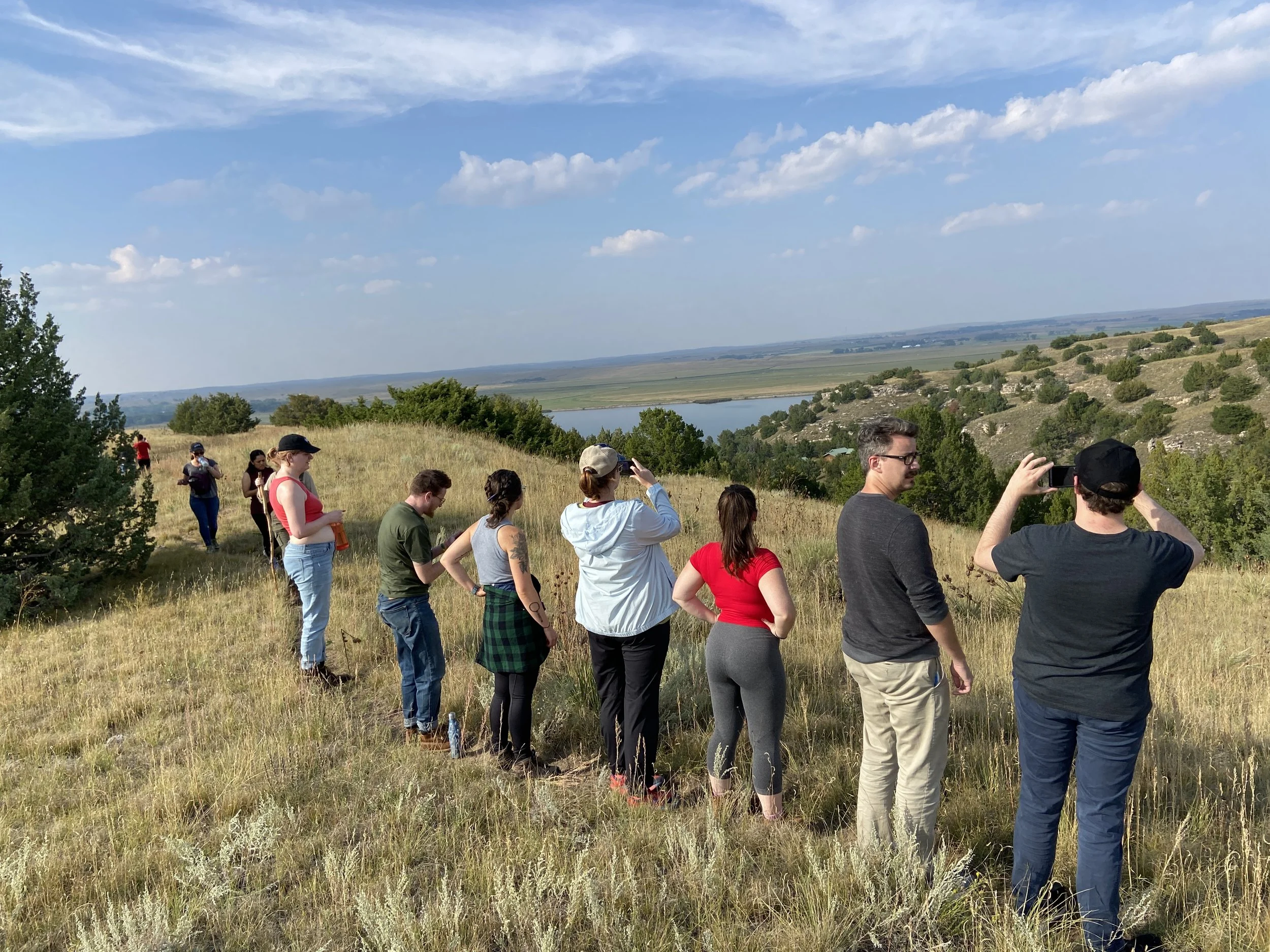American Forests Fuel Europe’s Appetite for “Green” Energy
The smoke billows like cream in coffee off Lebanon Church road, above the pine stands and winter fallow, a sharp palette of blue and green and white. Heavy with trees and scraps from the surrounding forests of Northampton County, the trucks come and go all day long, downshifting here just before the Methodist church and its small white belfry, the whine and croak of their diesel engines splitting the quiet of this once-peaceful corner of North Carolina.
At the end of the lane, a company called Enviva — the “en” for environment, the “viva” for “life” — processes trees and scraps to make more than 500,000 metric tons of tiny, compressed wood pellets every year, nearly all of it trucked to its port facility in Chesapeake, Virginia, and bound — like the product of more than 20 other pellet mills in the America South — for Europe. Once a merely residential product, fueling wood stoves and backyard smokers, wood pellets now power massive electric utilities in countries like the UK, where the government has subsidized the transition from coal and other fossil fuels to renewable energy sources. In 2015, the Drax power station alone, the largest in the UK, generated enough electricity from its “biomass” units to power 4.1 million homes, or 3 percent of the country’s entire energy needs.
Enviva’s Northampton plant powered up in 2013, four years after the European Union published its omnibus Renewable Energy Directive and began promoting woody biomass — chiefly wood pellets — as a so-called “carbon neutral” energy source akin to wind and solar. Quickly exhausting its own domestic timber reserves, the EU looked to the United States for more, making it the largest exporter of wood pellets in the world. Concentrated primarily in the American Southeast, home to 40 percent of the country’s private timberland and recognized as a global biodiversity hotspot, the industry is growing bigger all the time. Between 2012 and 2016, annual wood pellet exports from the U.S. tripled, from 1.7 to 4.9 million metric tons. With new markets expanding in Asia and elsewhere, those numbers are expected to grow.
Hidden from view near the back of the Northampton facility, behind the conveyor belts and the jungle of steel pipes and girders, behind the young cedars planted around the perimeter, behind the lot of idle trailers waiting to be loaded up with more pellets, the trees and limbs are stacked like matchsticks in long, parallel rows. According to the Rachel Carson Institute, Enviva alone — which currently owns and operates seven plants in the southeastern United States — is responsible for clearcutting 50 acres of southern forestland every day, much of it a mix of hardwoods critical for wildlife habitat and absorbing the carbon dioxide rapidly warming the planet.
Given the torrent of dire climate forecasts, many predicting catastrophe if global warming climbs two degrees above pre-industrial levels, the notion of biomass as a “carbon-neutral” energy source has come increasingly under fire from both the environmental and scientific communities. And the mushrooming industry has triggered other unforeseen consequences — none factored into the arcane calculations about carbon neutrality — for the communities nearby, many of them already disadvantaged.
Unlike the pellets themselves, opponents say, the benefits of biomass are hardly so cut and dried.



![RAIN IN ITS SEASON [PART 1]](https://images.squarespace-cdn.com/content/v1/586a9ad8579fb3ccd8a013ec/1590067166326-OYUASD55VFEA8Y08PIDN/RainPart1%2B%25282%2529.jpg)

